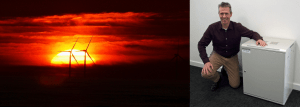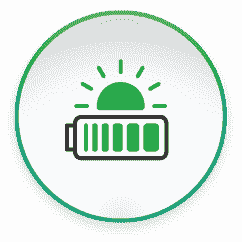Over dinner last week, I was asked to give a sweeping overview as to why the planet is in crisis. As I was talking, I realised I am yet to amalgamate that same information for my subscribers in one post. So, here goes.
Energy
Every living thing requires access to an energy surplus to survive. The surplus of the energy supply ensures that said living thing will secure more energy than it expends. This is known as net energy. Some living creatures have a near constant access to the store of energy, like antelope grazing on grass, while others live on the edge of running out of surplus, like a lion pride who has failed to make a kill in weeks. However, while the antelope has constant access to grass, the disadvantage is that grass is not particularly energy-dense; these grazing animals must spend most of their days grazing. In contrast, a lion pride can restore their energy levels from one kill as an antelope is much more energy dense than grass. In this way, every living thing is also a store of energy, like a battery.
Humans, as biological organisms, need the energy in organic matter to survive, roughly 2000–2500 kilocalories per day. But this isn’t all we need. In the process of our evolution, we have lost our fur, our claws and our large canines, making us physically vulnerable in comparison to most predators. We lost the physical attributes of our distant cousins probably because we developed more sophisticated tools.
Read more: PlanetCritical






